If you want to take a tour of Japan’s castles or just learn about the history of this country, you won’t want to miss a visit to Hiroshima Castle. It is a very special place and another of the country’s icons, because it was destroyed by the atomic bomb in 1945.
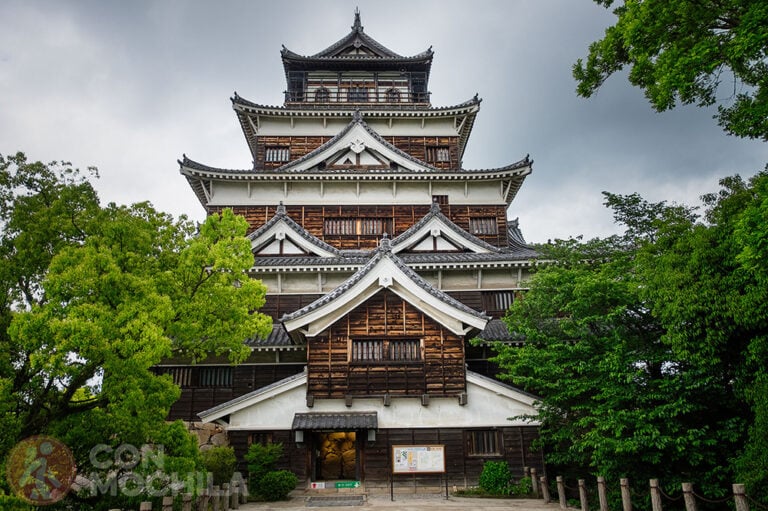
However, in 1948 it was rebuilt as a replica of the original and now houses a museum that tells the story of Hiroshima before World War II. In addition, it is located in a very quiet location, which will make your visit very pleasant.
Hiroshima Castle is also known as the “Carp Castle” and its origins date back to 1590, when it was first built by Mōri Terumoto, a member of Toyotomi Hideyoshi’s council, and was the home of the daimyō of Hiroshima.
At that time, Hiroshima did not exist as a town or city, but the “area” was called Gokamura, which meant something like “five villages.” But when the castle was built, Gokamura was renamed Hiroshima.
The goal? To give it a more striking name.
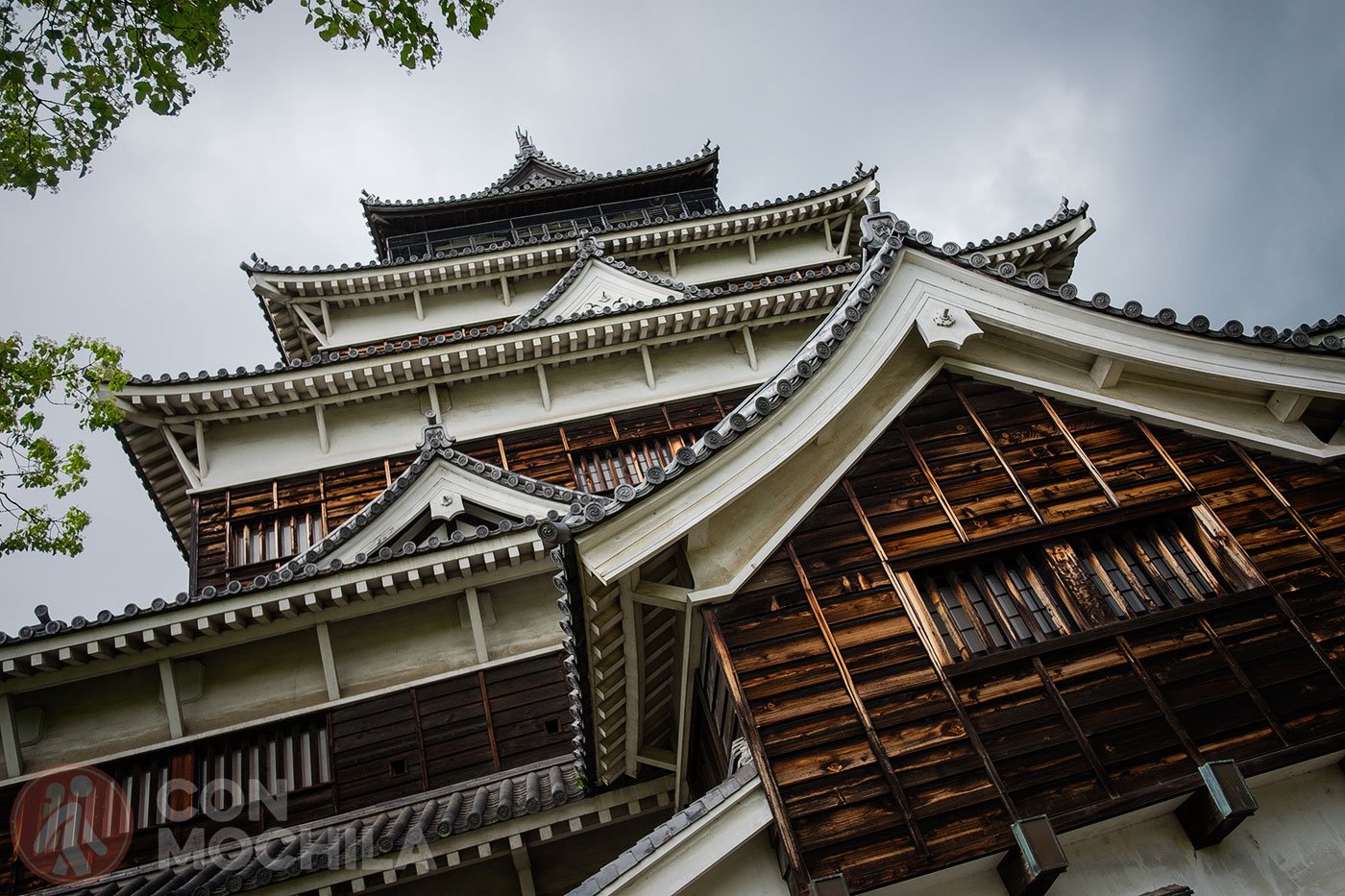
However, a real tragedy would occur hundreds of years later, as the castle was unable to withstand the heavy atomic bombing and had to be rebuilt. The foundations of the barracks are still preserved today and the current tower was completed in 1958.
The castle was originally built slowly between 1592 and 1599 using materials such as wood and pine, but when the tower, known as the tenshu, was rebuilt, it was made entirely of concrete. It was granted the title of National Treasure of Japan in 1931.
The reconstructed castle has 5 floors that reach almost 27 meters above the stone base itself and has a height that is more than 12 meters from the ground.
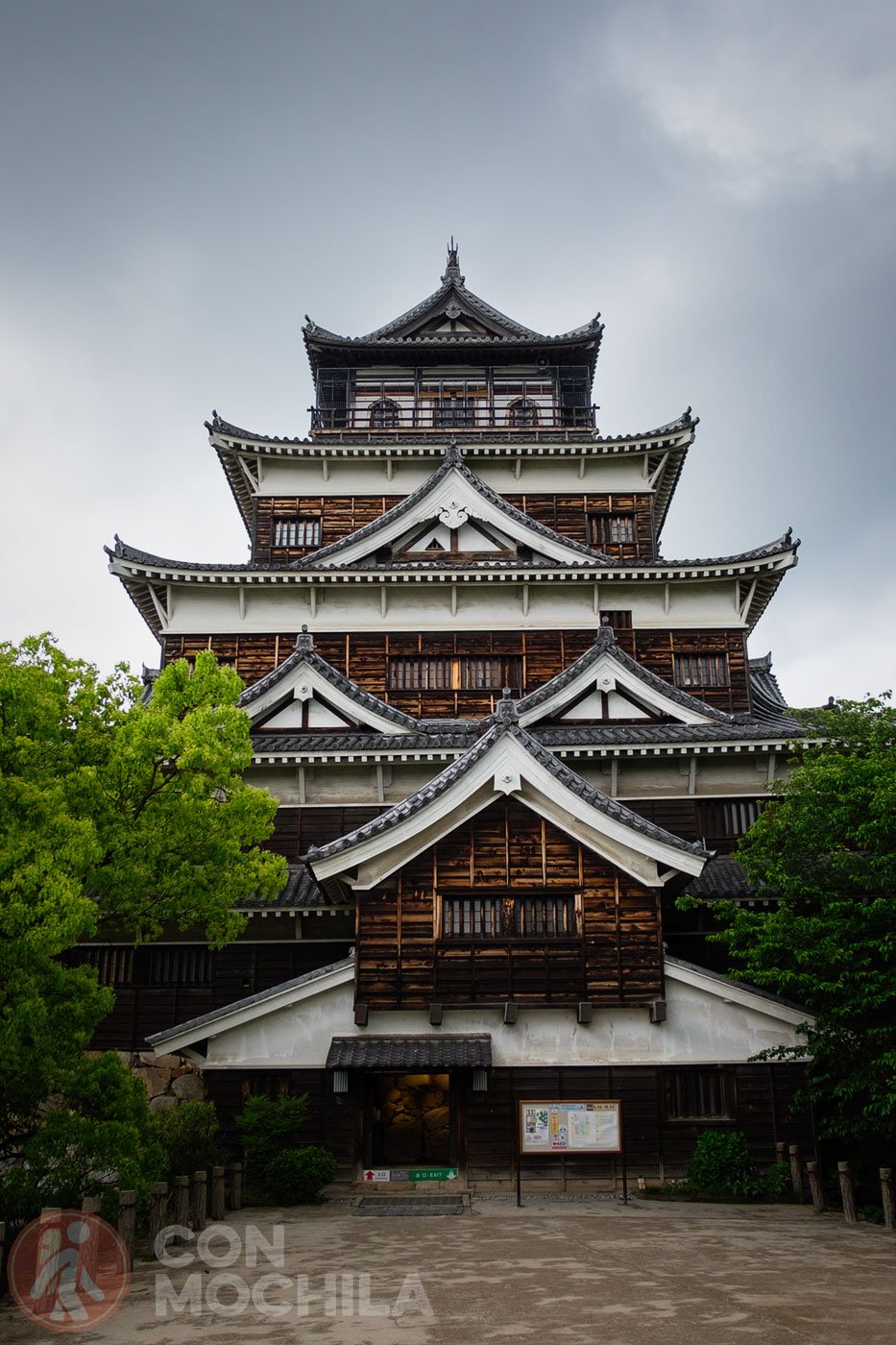
And just a few years ago, both the gate and the yagura of the ninomaru were rebuilt using original methods, using wood.
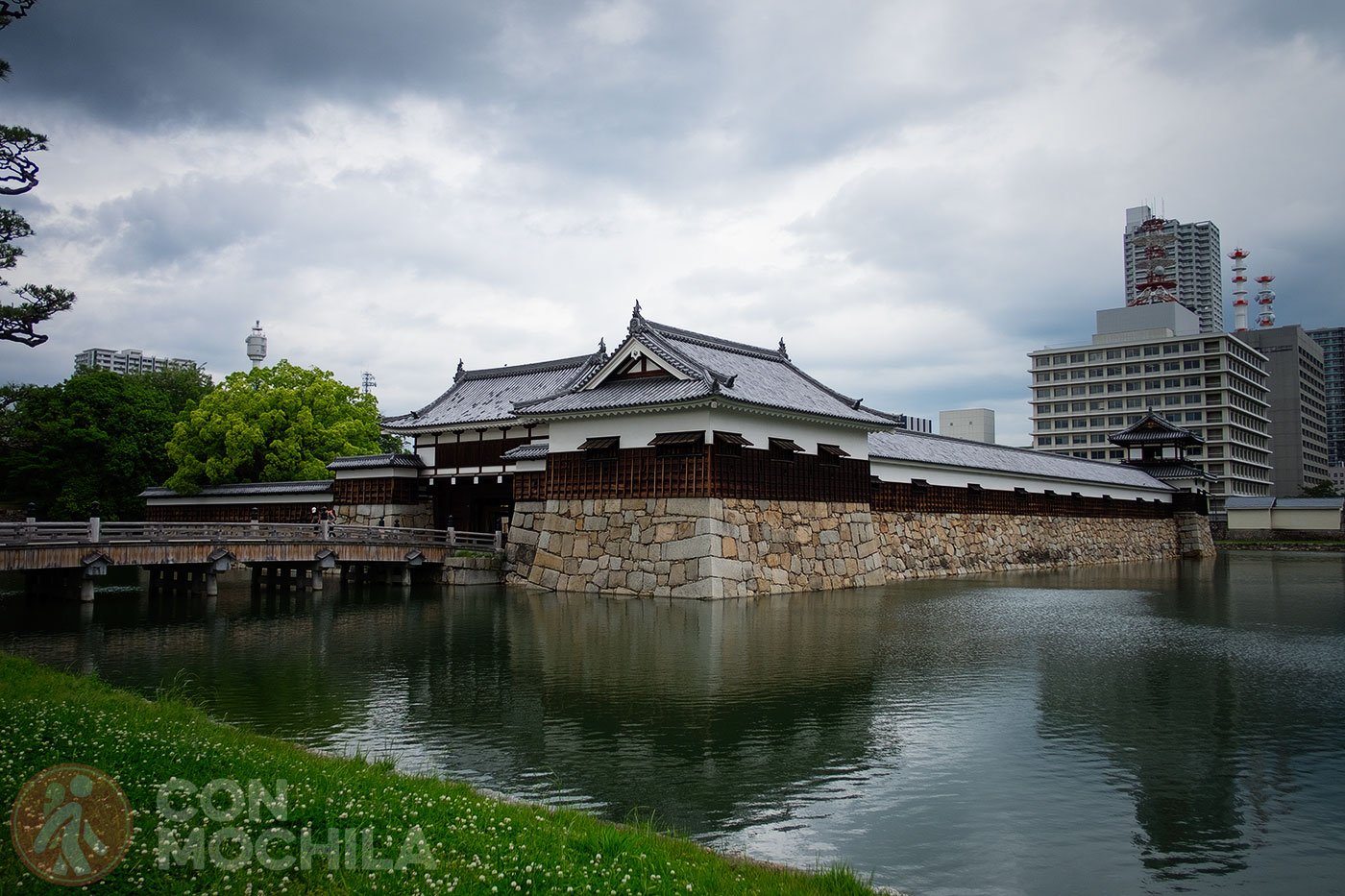
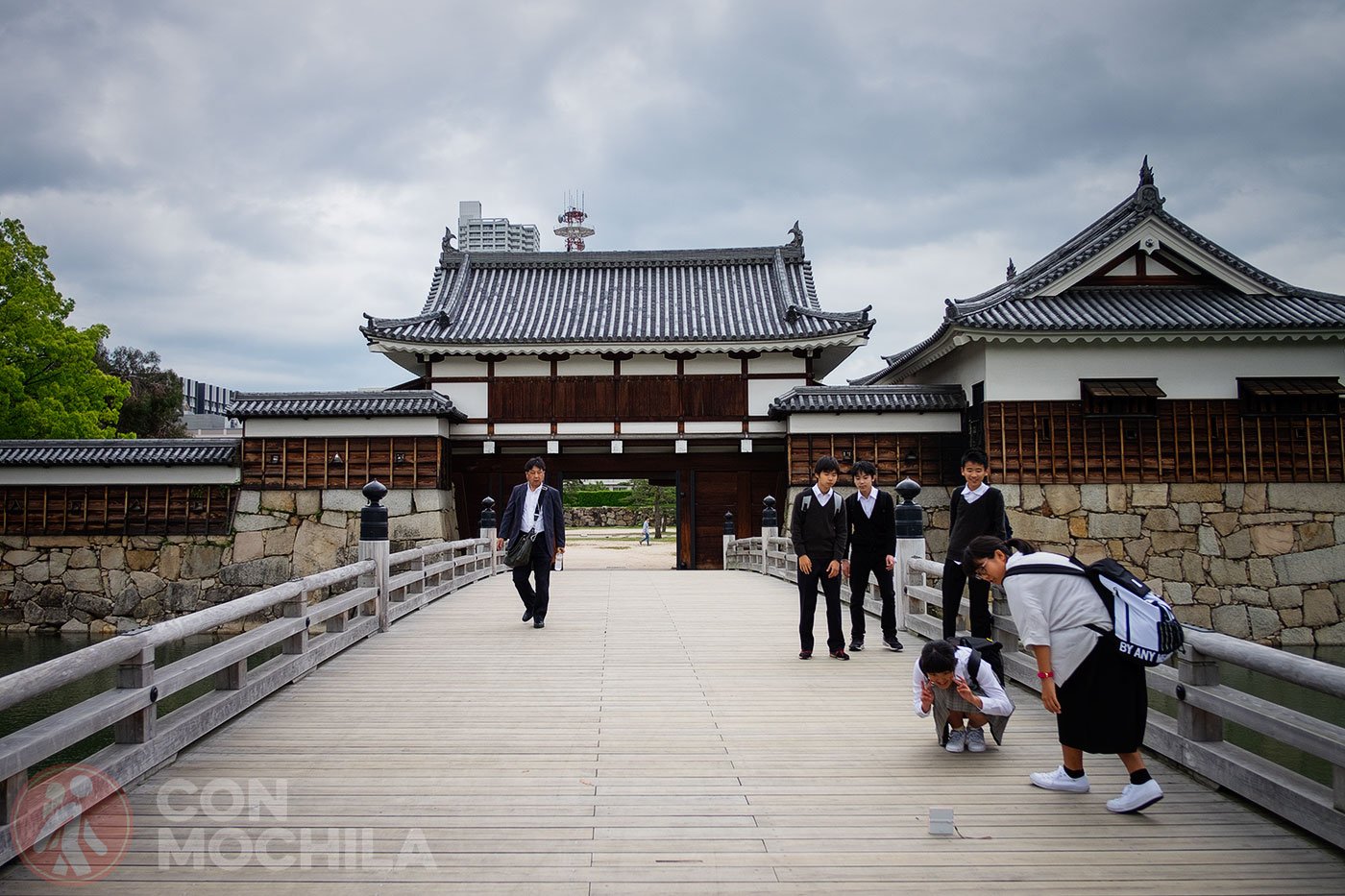
Originally, Hiroshima Castle had three moats and the Otagawa River was located in the west. However, it is now called the Hongawa River. And many areas belonging to the “outside” of the original castle now contain offices, shops, schools, houses…
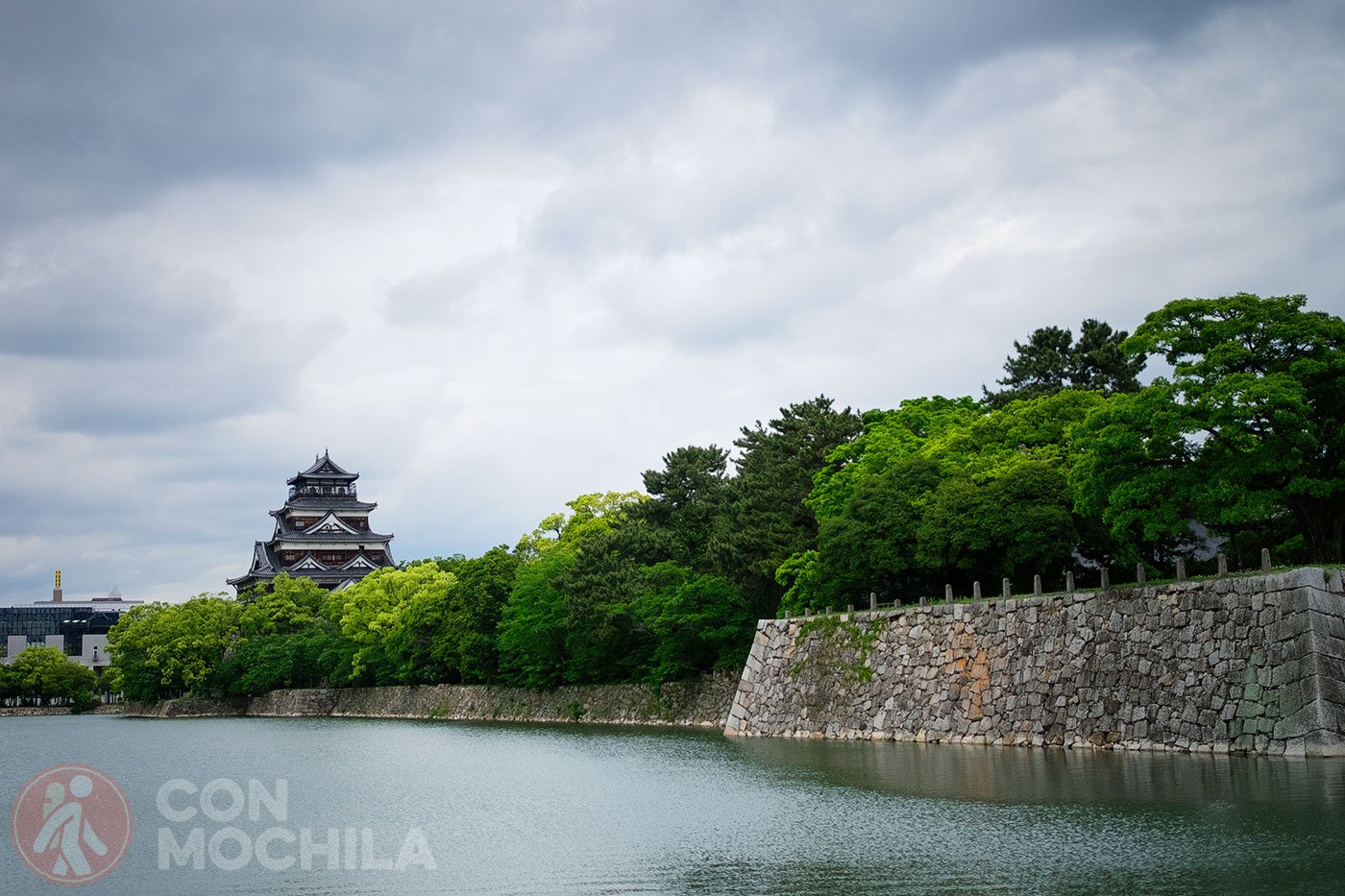
Furthermore, as far as curiosities are concerned, in Honmaru we found a bunker from which the first radio transmission was made after the atomic bomb on Hiroshima.
There are also three trees within the castle walls that survived the atomic bomb: a eucalyptus, a willow and a holly.
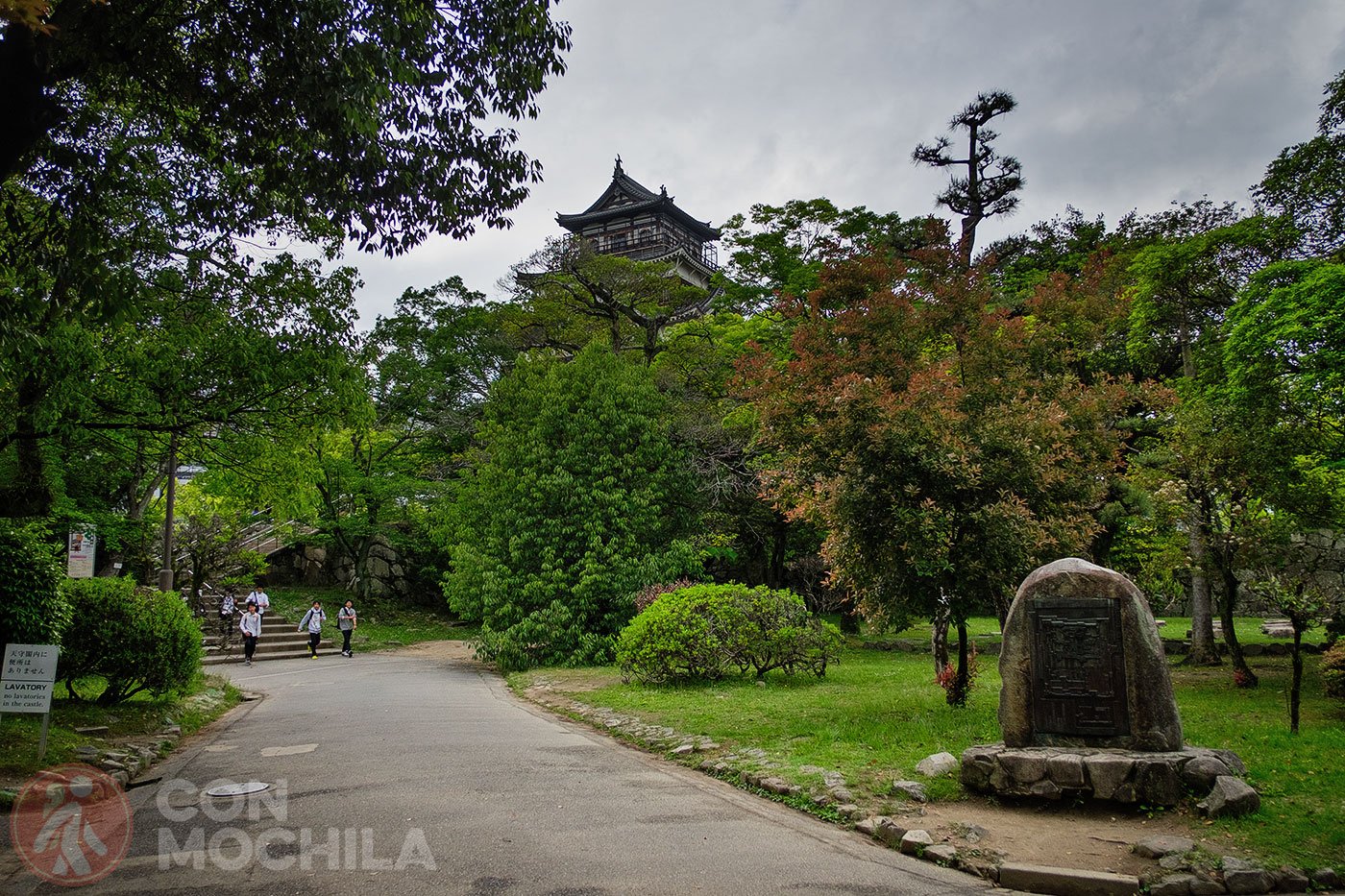
Hiroshima Castle is a must-see for all it represents to the country’s history and is the city’s historical museum. Inside there is a lot of information as well as ancient warrior costumes. If you are going to travel to Japan you should put it on your itinerary.
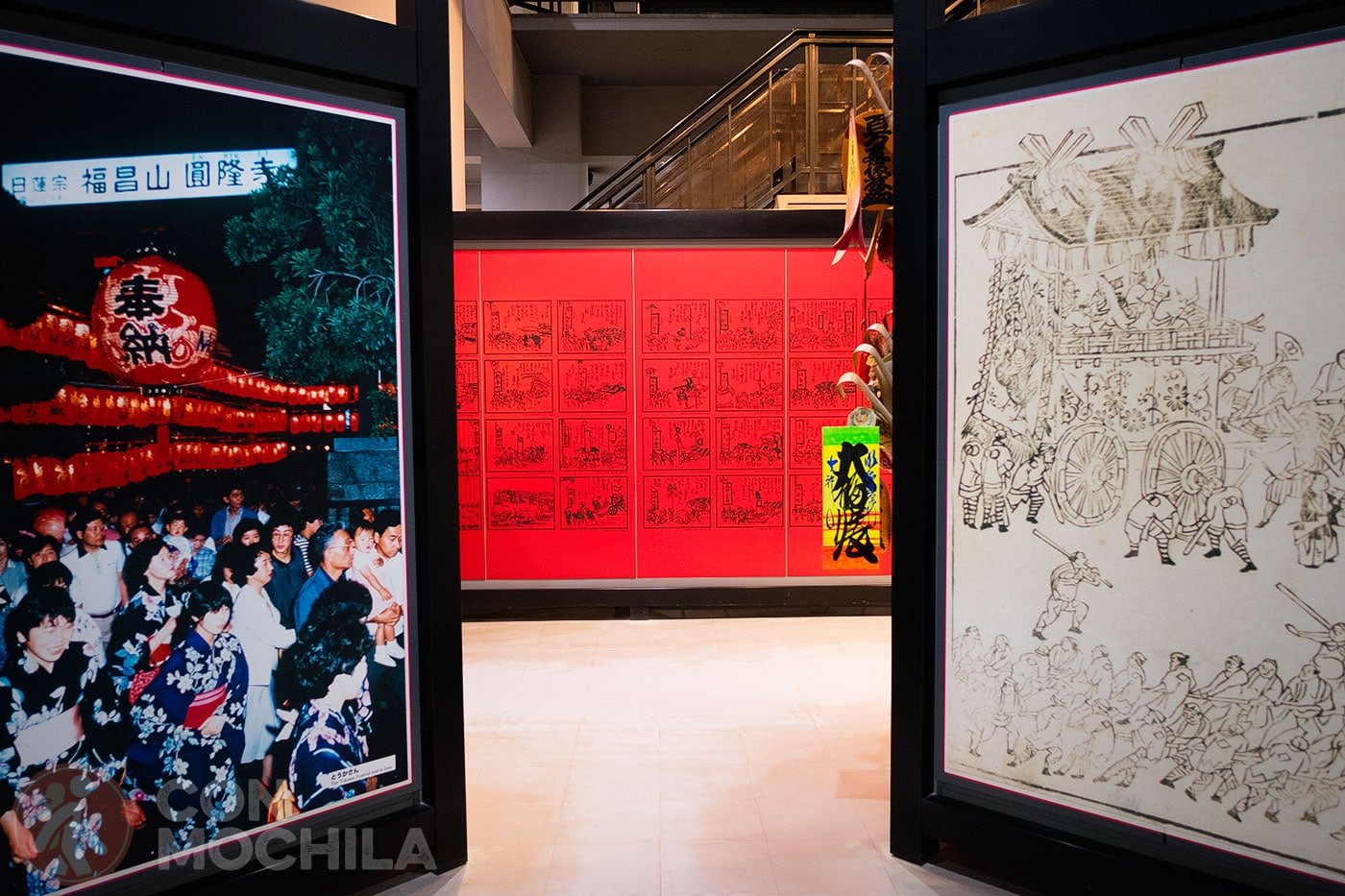
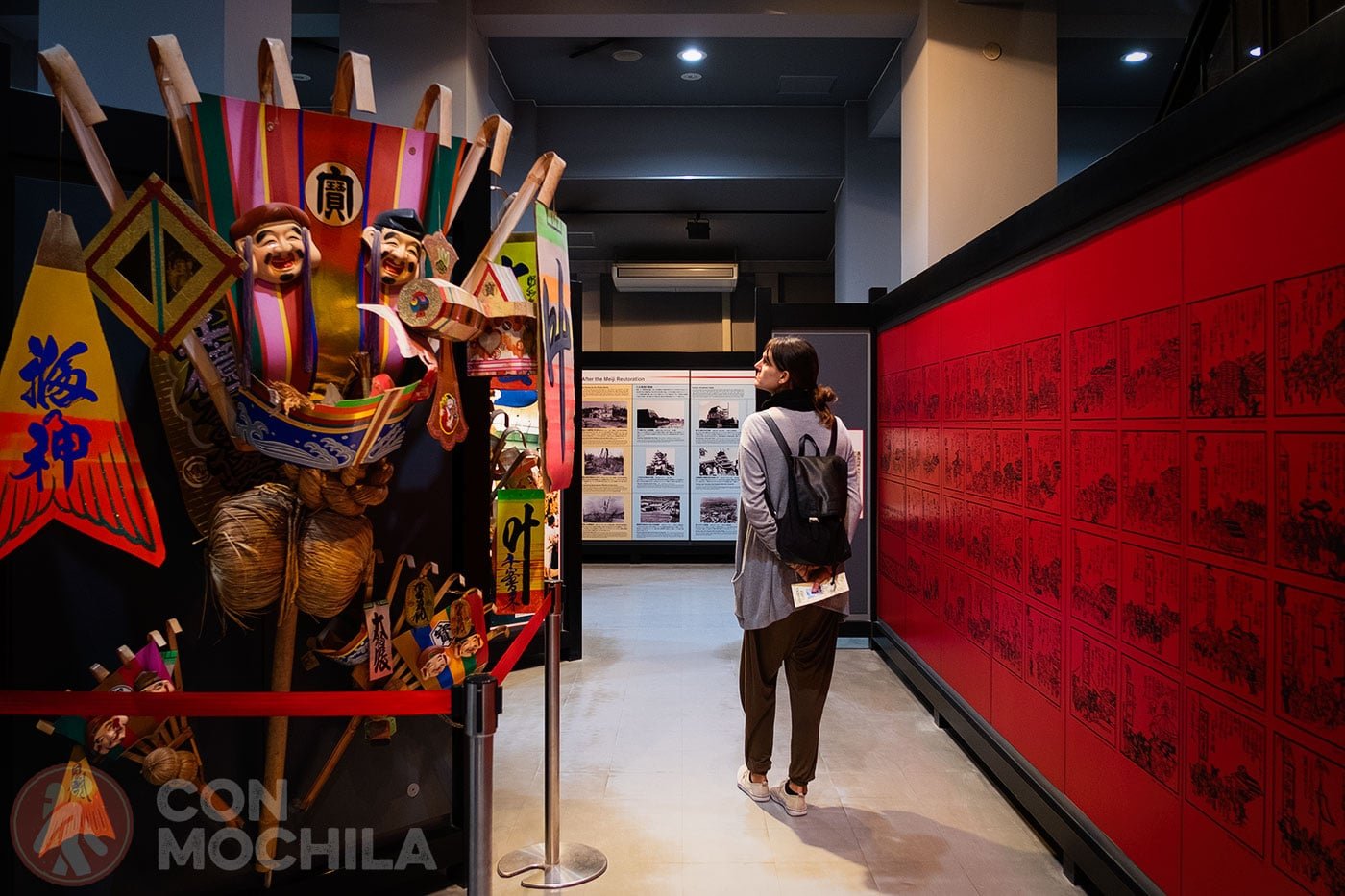
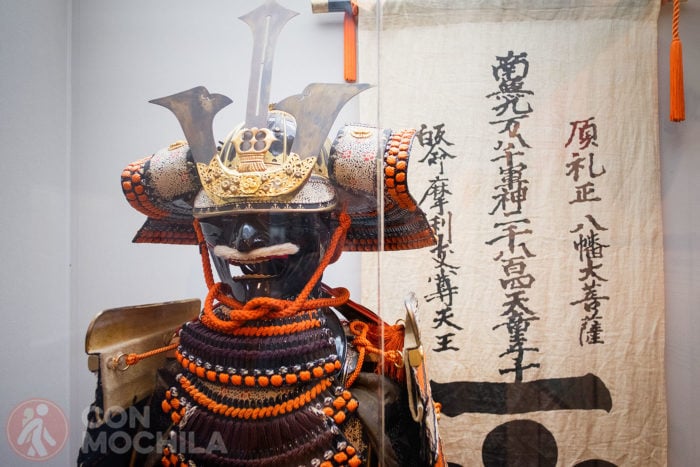
And by the way, don’t forget to go up to the top floor because there is a viewing platform where you can admire the views of the city; you’ll be able to take spectacular photos.
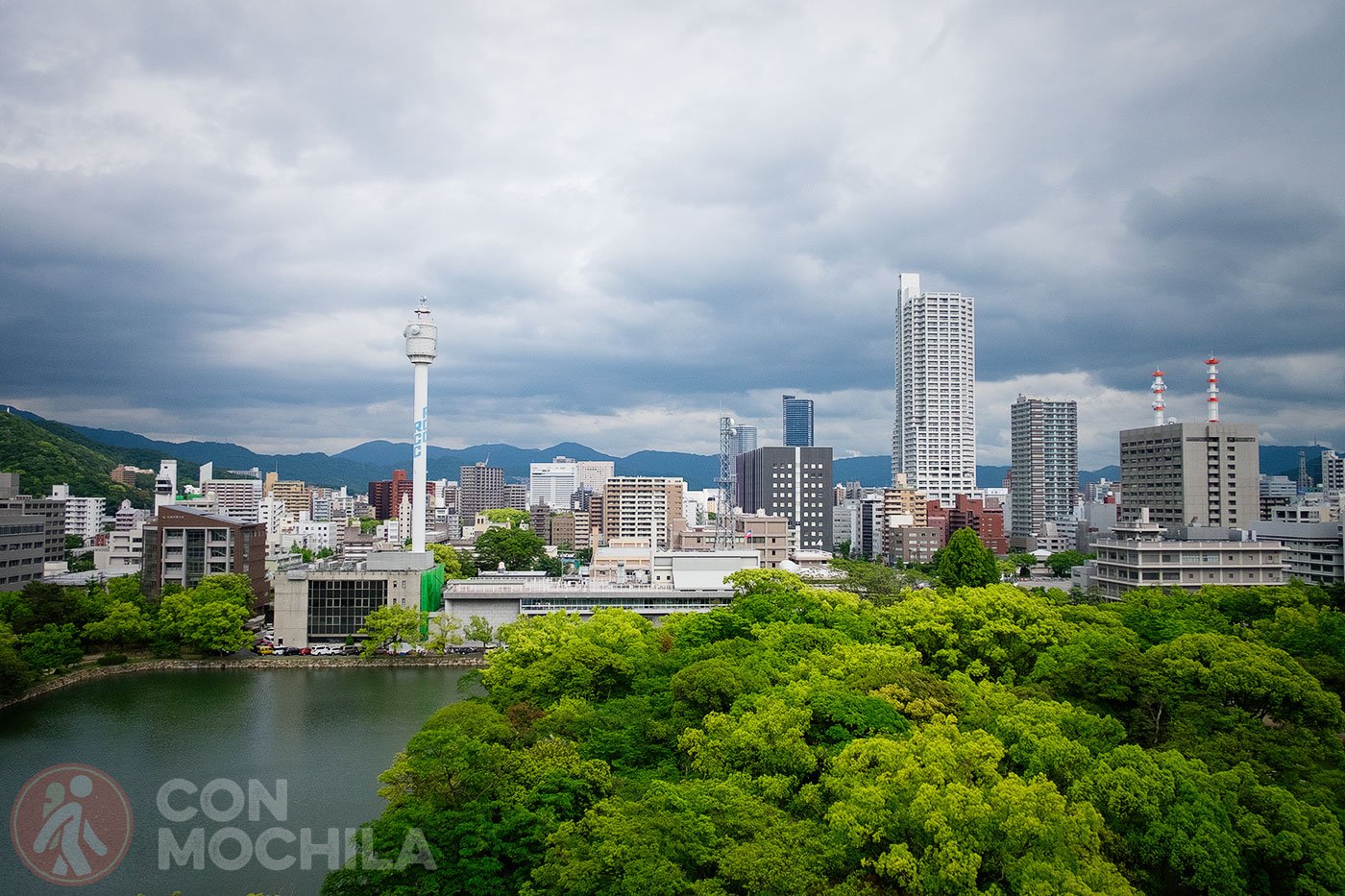
It is easily accessible on foot from the Hiroshima Bus Center bus stop. The journey takes about 15 minutes on foot. Alternatively, you can take a tram to the Kamiya-cho stop.
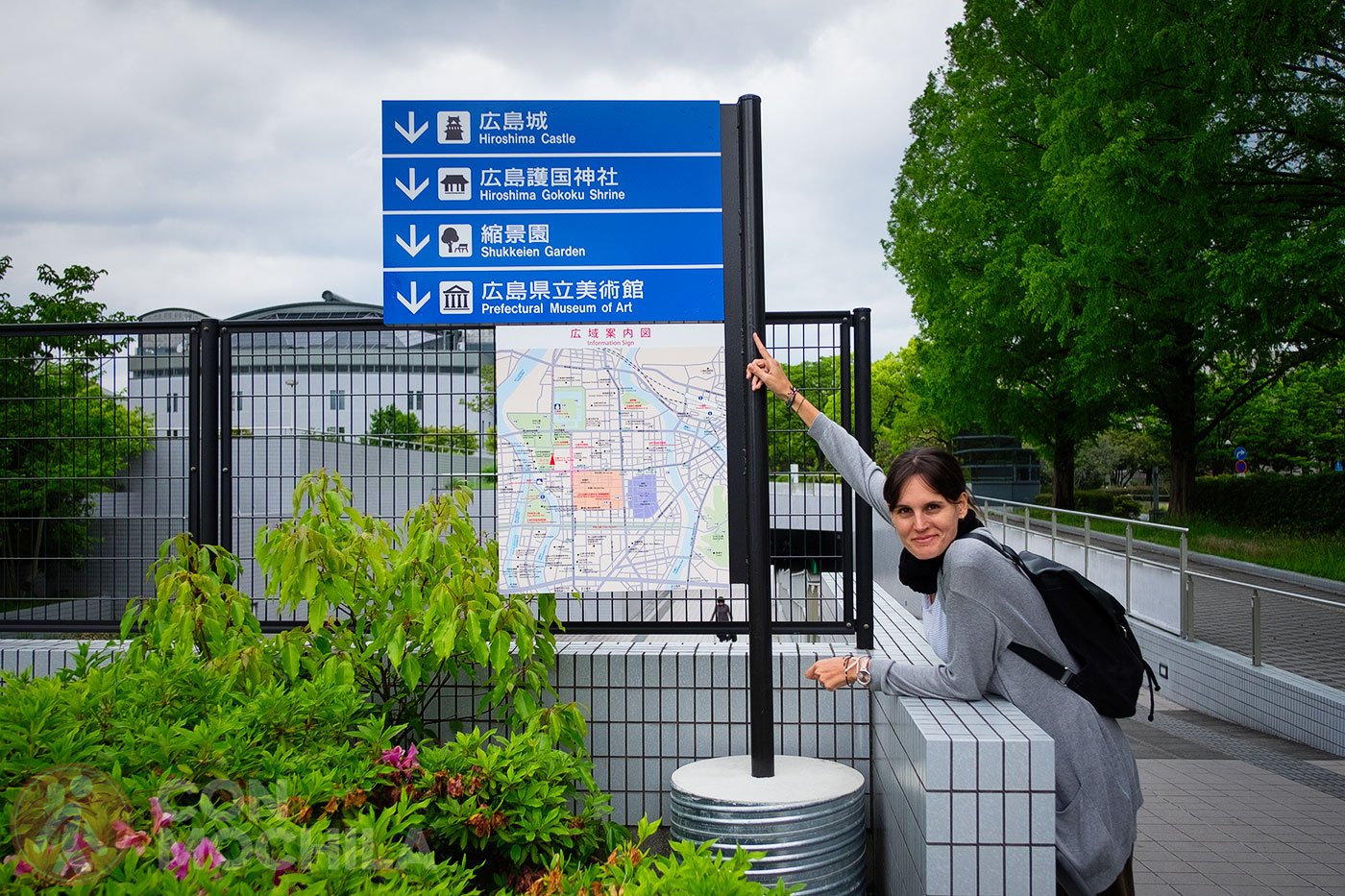
If you want to see the castle and other interesting places in the city, we recommend a private tour of Hiroshima.
ACTIVE CAMPAIGN !
Until december 1st, you can get an automatic 15% discount on your Heymondo travel insurance.